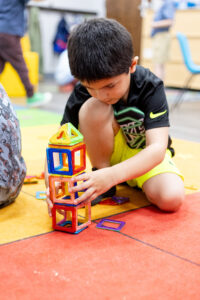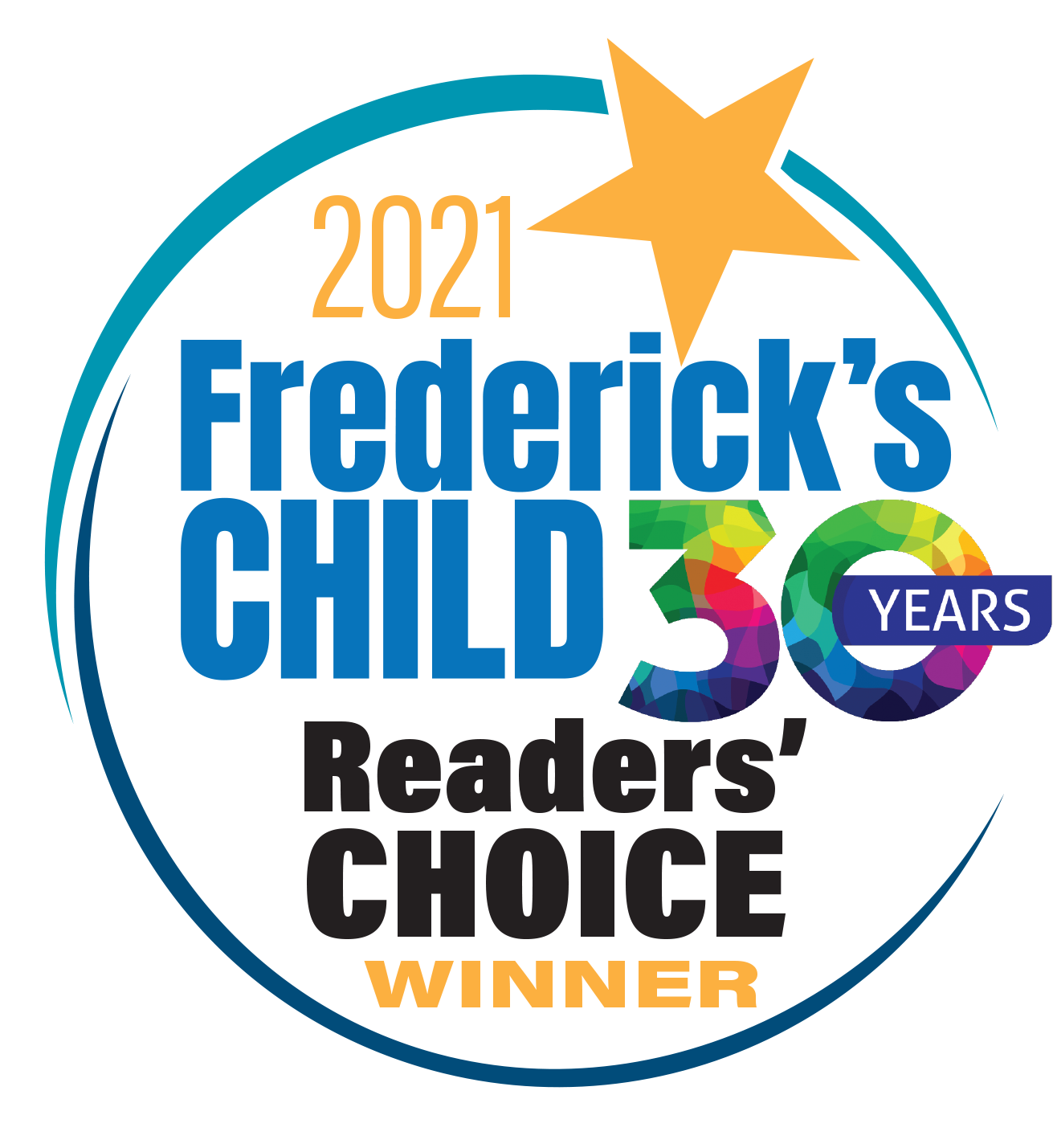
Kids love to play. Interacting with their toys, running around, throwing a ball outside, and so many more activities are the basis for early childhood fun and the formation of core memories. But more than that, play can be a way to teach children about how the world works, develop their skills, and learn to interact with others. The best part is that this kind of learning isn’t done in a classroom. Much like many children get their veggies through treats that disguise their taste, they get much of their education through activities that turn it into adventure! One of the earliest forms of educational play is functional play. It’s the foundation for more advanced forms of play, as well as other learning experiences. In this blog, we’re going to examine it from a few different angles—what is it, what are its benefits, what are some examples, and how do you encourage it?
What is Functional Play?
So what is functional play? How does it differ from traditional play? As it’s an early form of play, it focuses on repetition of acts a child performs while using objects in a purposeful way—or the way they were designed to be played with. Think of the way a child might move a toy car back and forth on its wheels or remove stickers from a sheet and stick them all to a piece of paper.
This form of play is a precursor to pretend play and constructive play. Pretend play has a heavy emphasis on storytelling and imagination, while constructive play is focused on creating something new, like making a spaceship out of Legos. These are more advanced forms of play, and can’t happen without the foundation put in place by functional play in infancy and toddlerhood.
Key Benefits of Functional Play
As we touched on above, there are clear advantages to this form of play, so let’s take a look at the big ones.
Motor Skill Development
Fine and gross motor skills receive a big boost. Activities like stacking blocks work wonders for hand-eye coordination and finger dexterity development. In addition, movements such as pushing a toy truck across the floor contributes to muscle movements and balance.
Cognitive Growth
Cause-and-effect relationships and problem-solving skills grow in this stage of play. When your child does these things, they’re gaining an understanding of how objects work and interact with each other. Through these actions, the groundwork is laid for reasoning and logical thinking.
Language and Communication
Once children discover the noises they can make with their mouths, they spend a lot of time babbling. This isn’t just noise for the sake of noise, though. They’re actually developing their speech skills! And because they tend to do this in conjunction with play—solo or with a companion—their communication skills receive a nice boost. And when paired with professional speech therapy, the effect can be twofold.
Social and Emotional Development
Patience, turn-taking, and self-regulation are all benefits of functional play, as well. When your child is playing with others, they’re working on their social skills like cooperation and sharing. This sets the stage for positive interactions with others throughout childhood.
Functional Play Examples
There are various examples of this type of play, but we don’t want to keep you here covering all of them. Here are the most common functional play examples:
- Stacking Blocks: This helps with coordination, and is particularly beneficial to improving spatial awareness.
- Pushing a Toy Car: Hand-eye coordination and exploration are both nurtured through this activity that many kids love.
- Placing Objects Into and Out of a Container: Fine motor and problem-solving skills are both built through this task that simply fascinates children.
- Basic Cause-and-Effect Toys: Because of our own advanced level of knowledge, it’s easy to forget that children have little understanding of how objects interact. Playing with toys that demonstrate this will help them learn all about it—and have a blast doing it.
How to Encourage Functional Play
Sometimes a child needs a bit of encouragement to engage in functional play. Here’s what you can do to make it happen:
- Provide Age-Appropriate Toys: Many toys are designed for this type of play, meaning they’re also designed for the appropriate age. Instead of trying to make do with a toy meant for older children, prioritize stacking cups, balls, shape sorters, and other toys of this variety.
- Create a Safe and Engaging Environment: Make sure there are no hazards in the play area and stock it with stimulating toys.
- Model and Participate in Play: Be a part of the play environment! Demonstrate to your child how the toys are used and encourage them to follow suit.
A Moment of Fun. A Lifetime of Benefits.
Functional play is a huge part of a child’s development and learning in the early years. Encouraging the development of these foundational skills through such activities can support growth in a fun, productive way. We know every child is different, and some may need additional support to get the most out of play. At Basal Therapies, we employ only the best people and methods for stimulating childhood development.
Want your child to foster their own creativity and development through fun, themed activities that make learning a blast? Check out our Play Lab, where parents connect, kids explore, and memories are made!
For all your other needs—preschool, pediatric therapy, and more— reach out to us today.







